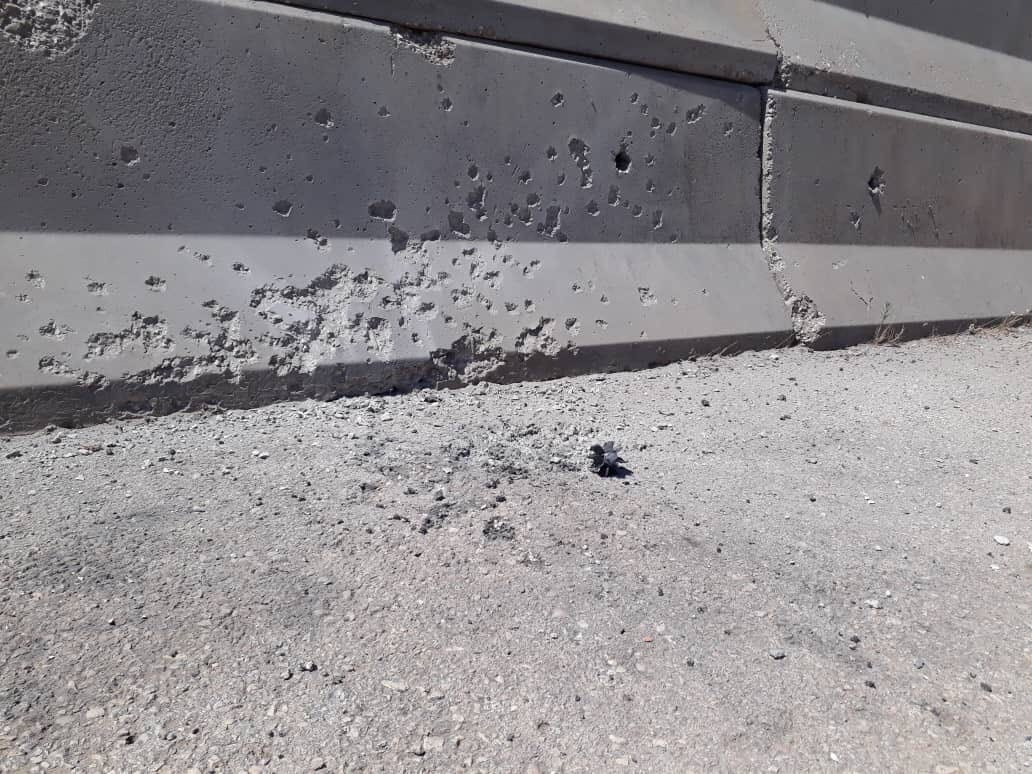

If possible, locate the main entry hole and all of the exit holes and pack them full. When there are no animals in the nest, fill it with concrete or sand. It is important to seal the holes even after the rats are gone, so other animals do not attempt to utilize the burrow. After the rats are eliminated, you can proceed to close up the holes. Many people choose to either implement a rat baiting or trapping program to eliminate the troublesome rodents.
The house that dirt built rar vk professional#
Depending upon the severity of the situation and all of the circumstances, your Pest Management Professional can help you come up with a plan of attack. Once you have identified active rat burrows outside your home, the rats may or may not be accessing your home in the night. Severe rat infestations emit a musky overpowering odor. Strong Odor – Rats have little no control over their bladder, they frequently urinate on their pathways then their bodies drag through the urine.These droppings may be found along their runways or in areas where they have been feeding. Their droppings are capsule shaped with blunt ends and usually between ¾” to 1″ in length. Fecal droppings – Norway rat droppings are usually shiny black, but the color may vary according to their diet.Grease Marks – Rats run along the same areas over and over leaving worn down paths in grass and dark greasy track marks along foundation walls.In addition, look for the following factors: Rats tend to build their underground nests in areas where they will not be disturbed, such as underneath a porch, a deck, a shed or a barn. When inspecting for rat burrows check along walls, sidewalk edges, and in the soft fertile soil of your garden. The Norway rat can climb and is also an excellent swimmer. Norway rats may enter homes for food and return to their burrows at the end of the night. Usually at night, Norway rats travel between 50-100 feet in search of food and water, however if resources are scarce, they may travel up to 300 feet. The tail of the Norway rat is slightly shorter than its head and body if pulled forward, the tail of the Norway rat would not reach its nose. The Norway rat is more aggressive and larger than the roof rat, with an adult averaging 16 inches in length, including the tail. The Norway rat is sometimes referred to as the street rat or the sewer rat. Norway rats are most likely the culprits behind the rat holes that you are seeing in your yard. As their name implies, roof rats tend to build their nests higher, such as in attics and in thick vegetation high up in trees or vines. The two most common species of rats in the United States are the roof rat, Rattus rattus, and the Norway rat, Rattus norvegicus. Rat Burrow in a Yard Roof Rat or Norway Rat They may include 3 feet of tunnels often leading to additional safety exits. Beneath the surface, the rat tunnels and rooms are no further than 18” deep. The opening will often have freshly excavated dirt strewn in a fan shape around the outside of the opening, but can appear differently depending on where you live in the U.S.Īctive burrows have smooth walls and hard packed dirt. The main opening to a Norway rat’s burrow is 2 to 4 inches in diameter and is smooth from use. To distinguish rat burrows from other animal holes, look at the diameter of the opening. These burrows are often located under bushes or other types of dense vegetation. Rats tend to choose areas to make their nests in areas with sandy soil, close to their food and water source, and areas that are somewhat concealed.

As the rat family expands, the burrow becomes larger with more tunnels and rooms. Often, a burrow contains more than one rat. These additional exit holes enable the rats to quickly escape if they sense danger. There is usually one main entrance and 1 or 2 other entrances which may be less obvious or concealed. These underground nests usually consist of food storage areas and living spaces. Some species of rats create underground pathways or burrows. By more fully understanding what these burrows are and how the rats are using them, you will have faster and more complete rodent control. Rats are extremely intelligent animals and have excellent survival skills. If indeed rats have a burrow under your home, the structural integrity of your foundation may be at risk. Before taking action, you need to know for sure that it is in fact a rat/rodent burrow you are observing around your home. Some creature is either hiding under the foundation of your home or attempting to gain access to your home. Holes dug around the foundation of your home are never a good sign.


 0 kommentar(er)
0 kommentar(er)
